-

Brett Tullis, AIA, DBIA, LEED
Principal Architect
Sillman Wright Architects
Distinguished Leadership Award — Industry Professional -

Darryl VanMeter, P.E.
State Innovative Delivery Administrator
Georgia Department of Transportation (GDOT)
Distinguished Leadership Award — Owner -

Dave McCool, DBIA, LEED AP BD+C
Director of Virtual Design & Construction
McCarthy Building Companies, Inc.
Distinguished Leadership Award — Young Professional -
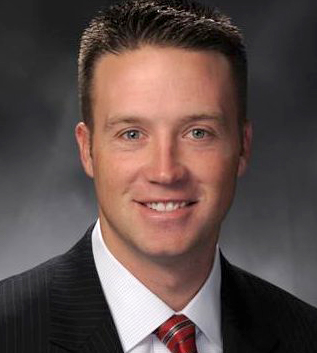
Representative Lincoln Hough
Representing the 135th State House District
Missouri State Legislature
Distinguished Leadership Award — Legislator -

Evan Caplicki
Partner
Nossaman, LLP
Industry Professional/Practitioner -

Rodger Rochelle
North Carolina Department of Transportation (NCDOT)
Individual Owner -
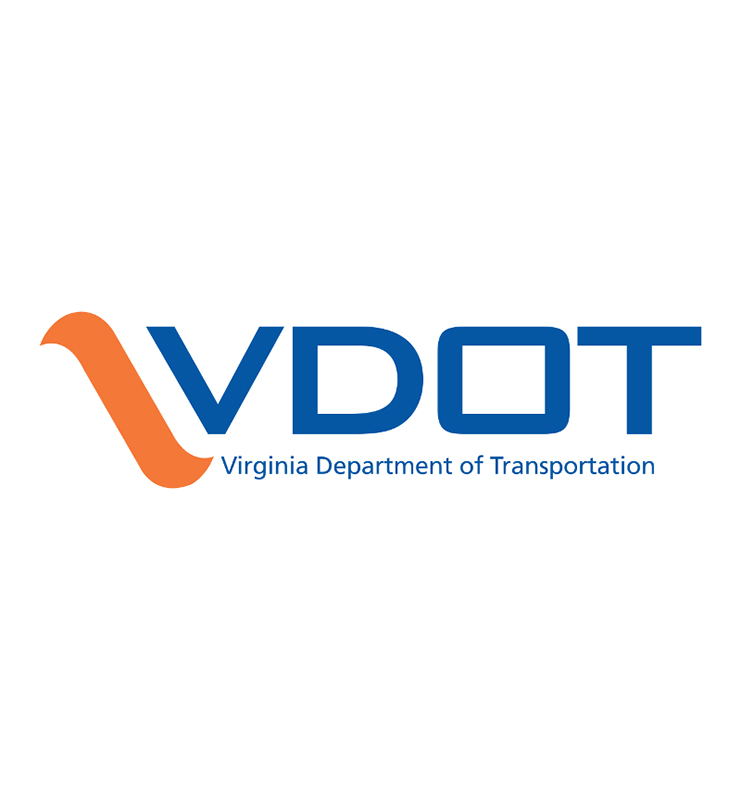
The Virginia Department of Transportation
Owner of the Year -

Elizabeth Cousins
Partner
Nossaman LLP
Young Professional -

Brian A. Walsh
President, CEO, The Collage Companies
The Collage Companies
Distinguished Leadership Award — Industry Professional -

Governor Andrew Cuomo
Governor
New York State
Distinguished Leadership Award — Legislator -

Hunter Brown
Student President of DBIA-UA Chapter, University of Arizona
Distinguished Leadership Award — Student -
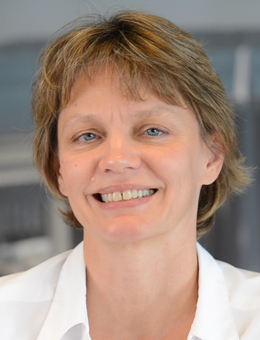
Julie Meredith
Program Administrator, SR 520 Bridge Replacement and HOV Program
Washington State Department of Transportation
Distinguished Leadership Award — Owner -

Monica Blanchard
Project Manager, Manson Construction Co.
Manson Construction Co.
Distinguished Leadership Award — Young Professional -
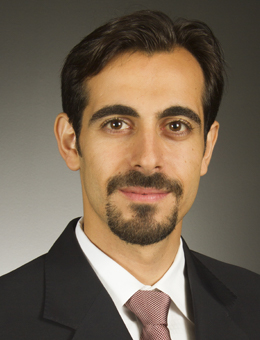
Mounir El Asmar
Co-director, National Center of Excellence in SMART Innovations, Arizona State University
Arizona State University
Distinguished Leadership Award — Faculty -

Timothy Pullen, Assoc. DBIA
Manager, Alternative Project Delivery, The Port Authority of New York & New Jersey
The Port Authority of New York & New Jersey
Distinguished Leadership Award — Owner -
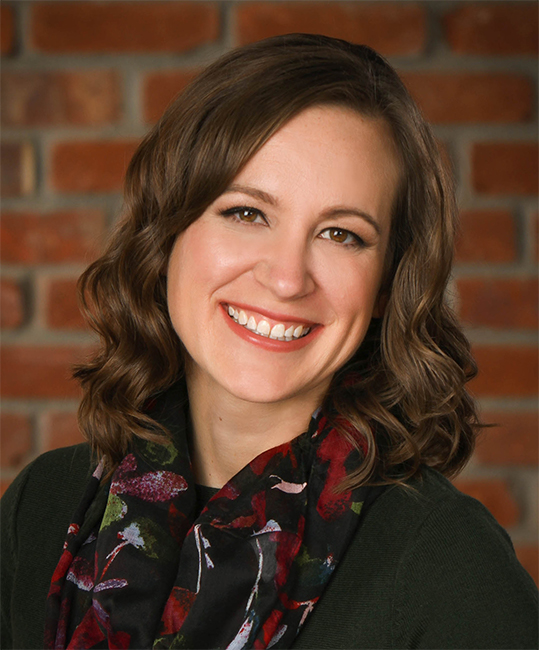
Amanda Wilson
Windward Project Solutions
Young Professional -
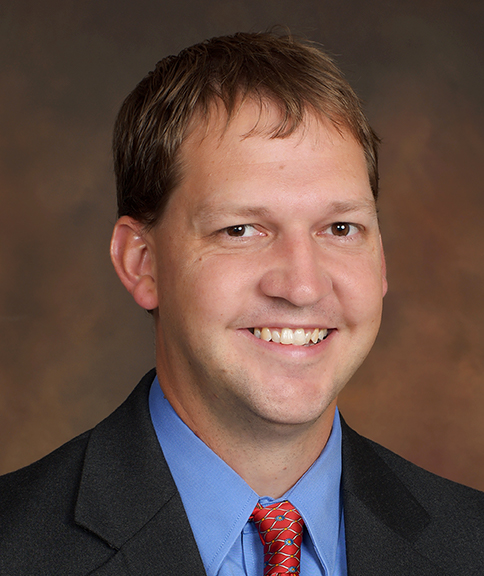
Benjamin Dzioba
Mead & Hunt
Young Professional -

Carlos Braceras
Executive Director,
Utah Department of Transportation
Individual Owner -
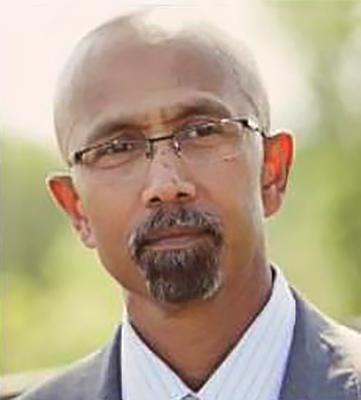
Dan Dawood
The Transtec Group
Industry Professional / Practitioner -

Maryland Department of Transportation
Owner of the Year -
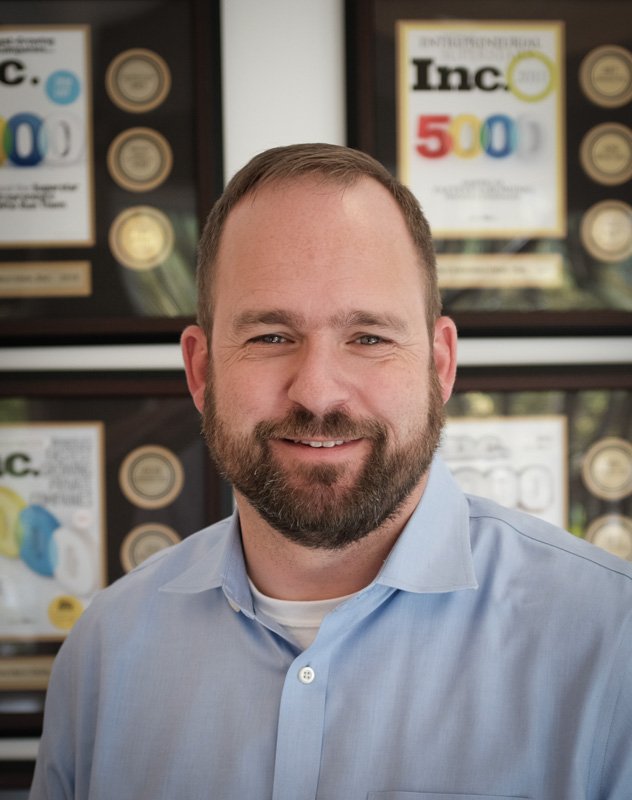
Blain Grover, DBIA, LEED
Preconstruction Manager
Fortis Construction, Inc.
Industry Professional -

James Wolfe, PE
District 6 Secretary
Florida Department of Transportation
Owner -
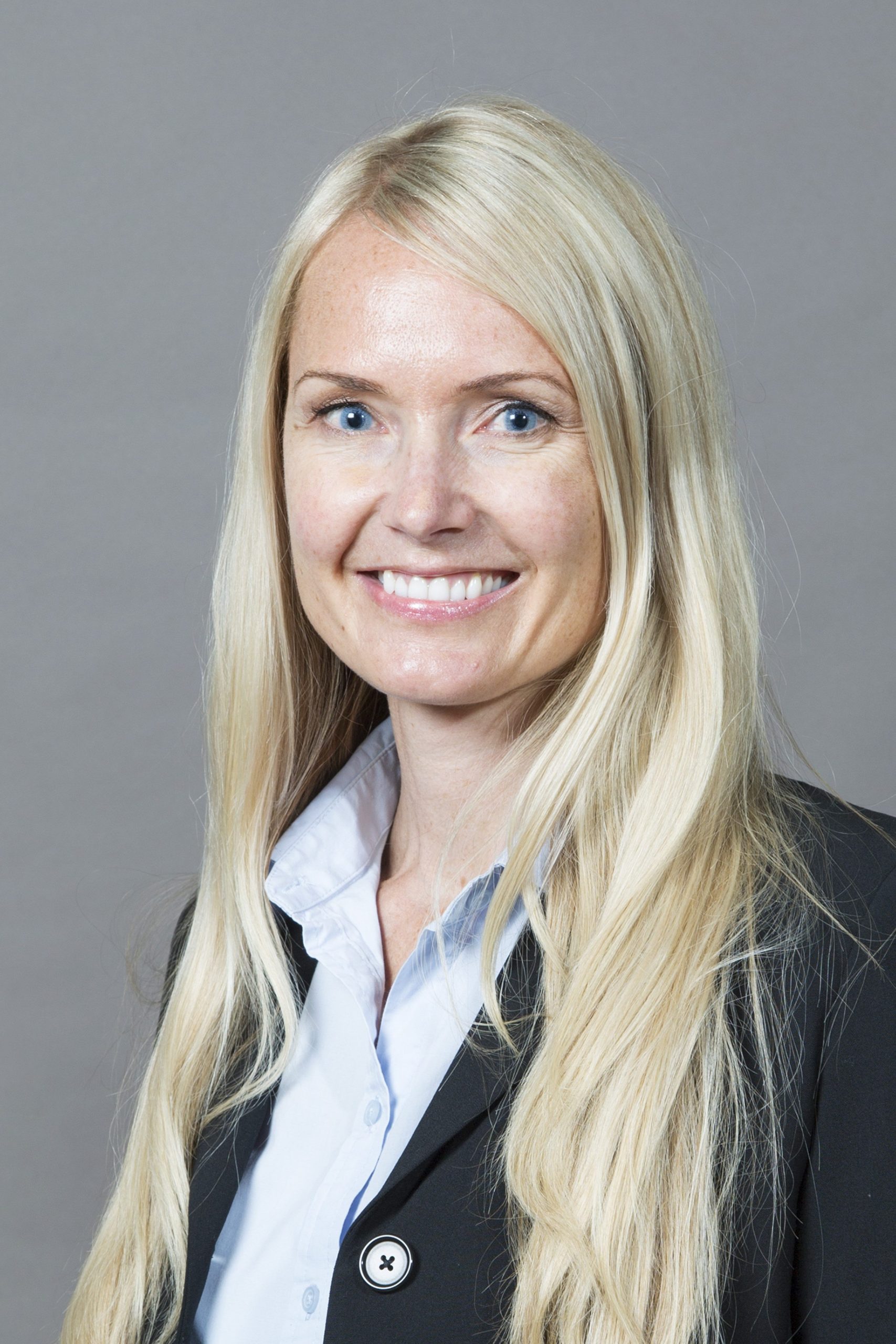
Jamie Athenour, DBIA, LEED AP BD+C
Design Manager
Hensel Phelps
Young Professional -

Sharareh (Sherri) Kermanshachi, PhD, PE, PMP, LEED AP, ENV SP, CMIT
Assistant Professor
University of Texas at Arlington
University Faculty -

Adrian Price, P.E.
Flatiron Construction
Young Professional -
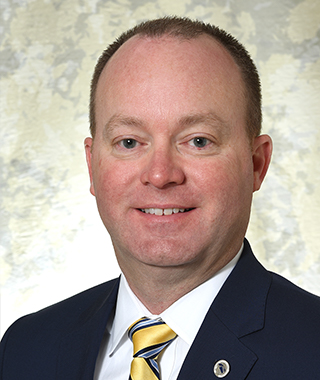
Chris Gaskins
South Carolina Department of Transportation
Individual Owner -
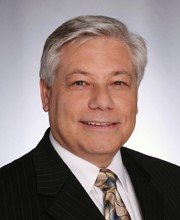
Jim Avitabile, P.E., DBIA
RS&H,
Industry Professional / Practitioner -
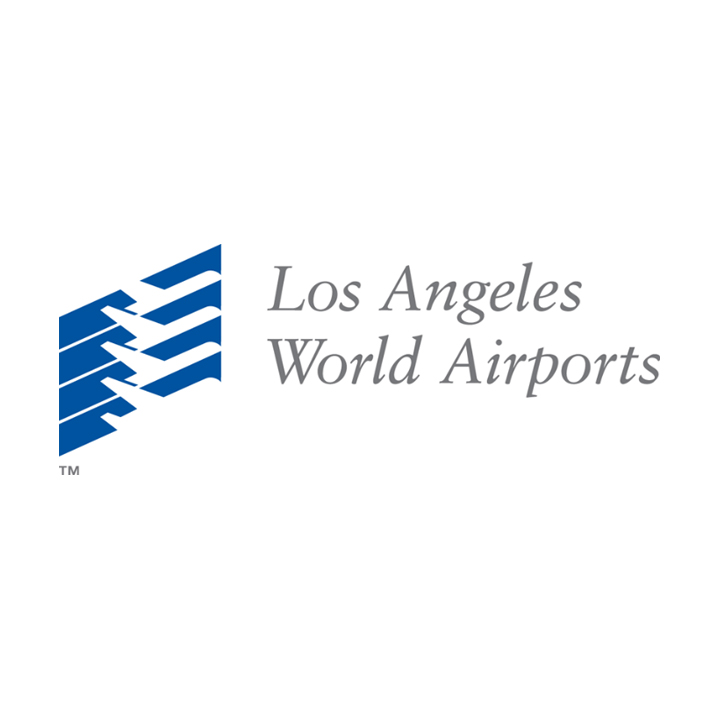
The Los Angeles World Airports (LAWA)
The Los Angeles World Airports
Owner of the Year -

David Badger
Program Coordinator
Pima County Regional Wastewater Reclamation Department
Young Professional -

David Varoli, Esq.
General Counsel
New York City Department of Design and Construction
Owner -
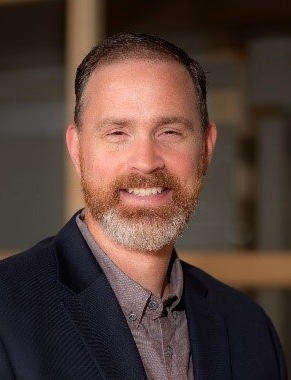
Tim Graybeal, DBIA
Design-Build Manager,
Lydig Construction
Industry Professional -

Bush Brothers & Company
Bush Beans Process Water Reclamation Facility
Bush Beans
Water/Wastewater -
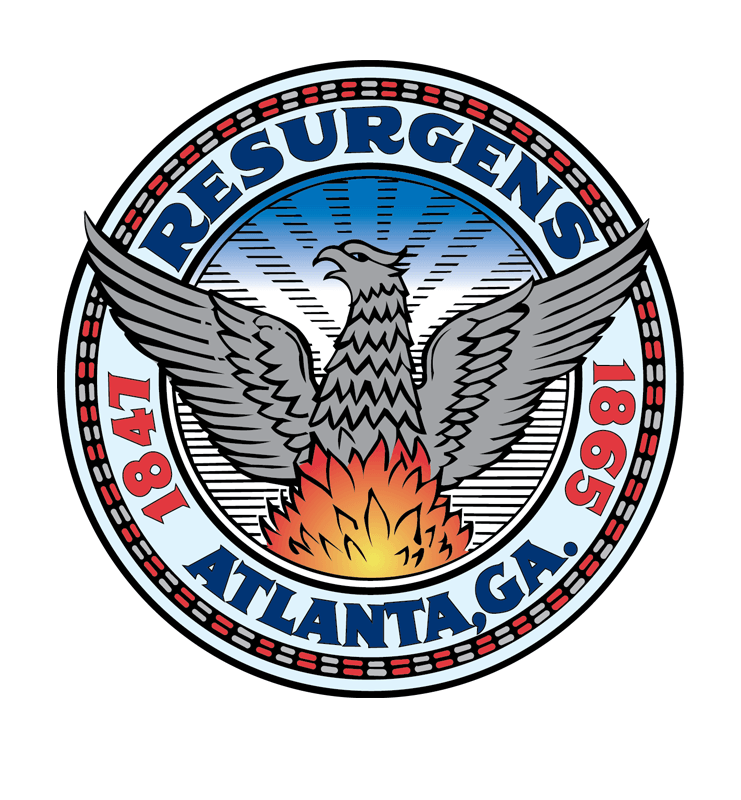
City of Atlanta
RM Clayton WRC Headworks Improvements Design-Build
Water/Wastewater -
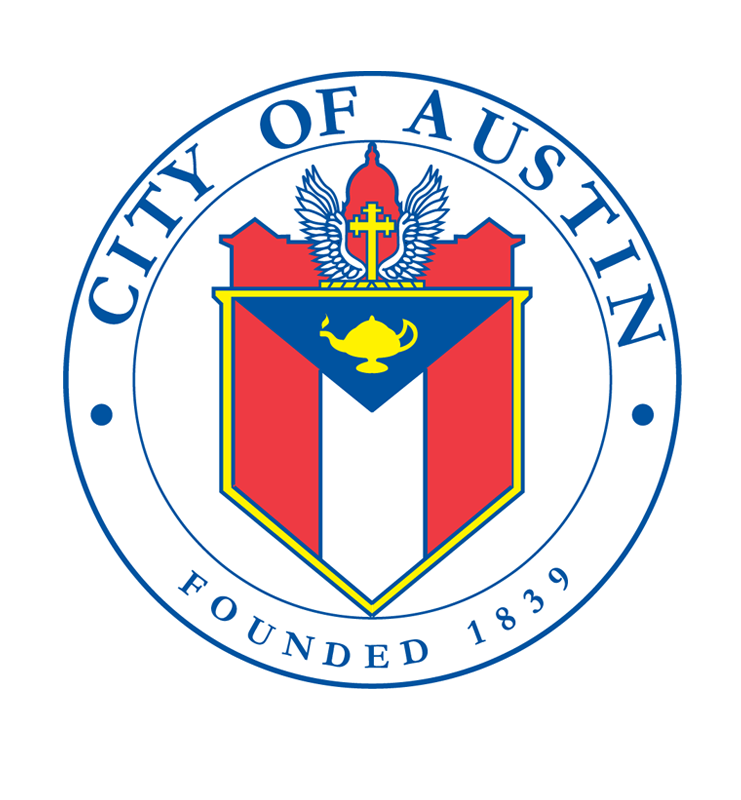
City of Austin
Austin-Bergstrom International Airport (ABIA) Terminal East Infill Project
Austin-Bergstrom International Airport (ABIA)
Transportation/Aviation -
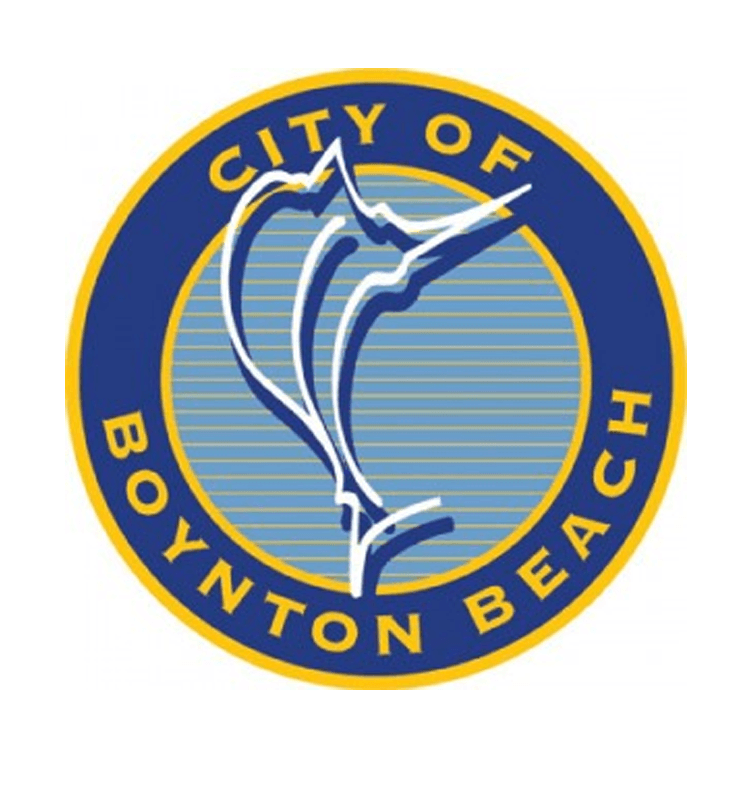
City of Boynton Beach
Ion Exchange Resin Plant and East Water Treatment Plant Improvements
Water/Wastewater -
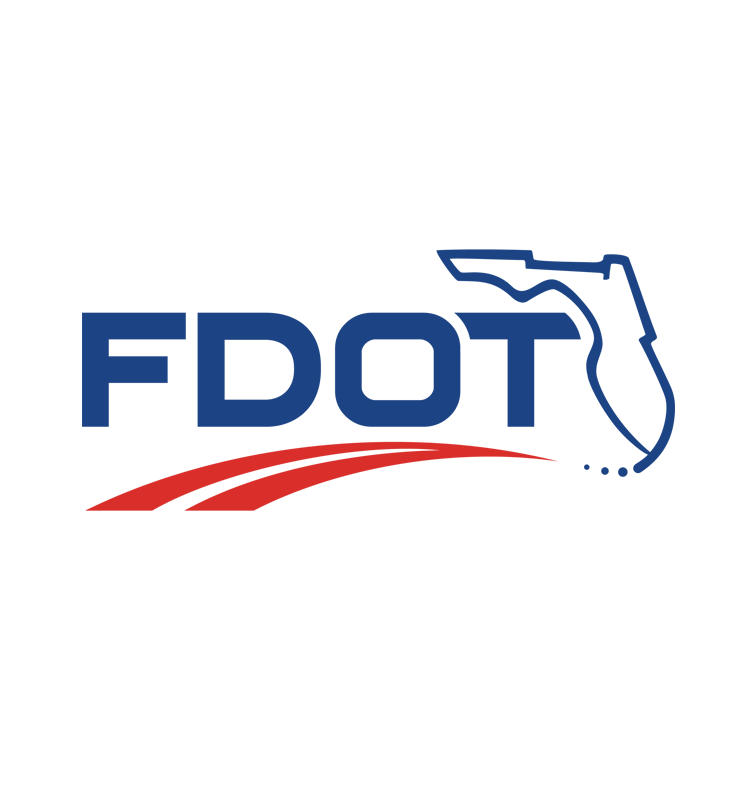
Florida DOT
Main Street Bridge (Duval County) Historical Renovation Project (SR 5)
Florida DOT
Transportation/Aviation -

Port of Seattle
Alternate Utility Facility at Seattle-Tacoma International Airport
Port of Seattle
Transportation/Aviation -

Trinity County DOT
Trinity County HBP Bridges Design-Build
Trinity County DOT
Transportation/Aviation -

Virginia DOT
I-64 Capacity Improvements Segment I
Virginia DOT
Transportation/Aviation -

Virginia DOT
I-66/Route 15 Interchange Reconstruction
Virginia DOT
Transportation/Aviation -
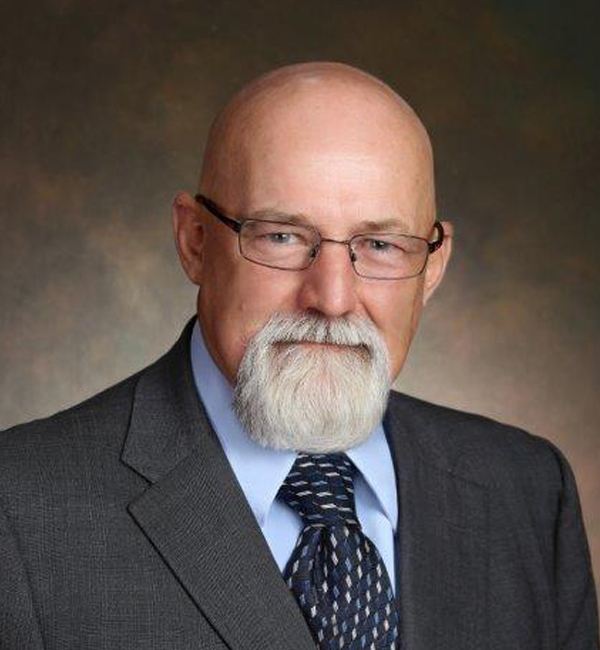
Gordon Cable, DBIA
National Design-Build Manager
Ferguson Waterworks
Industry Professional -
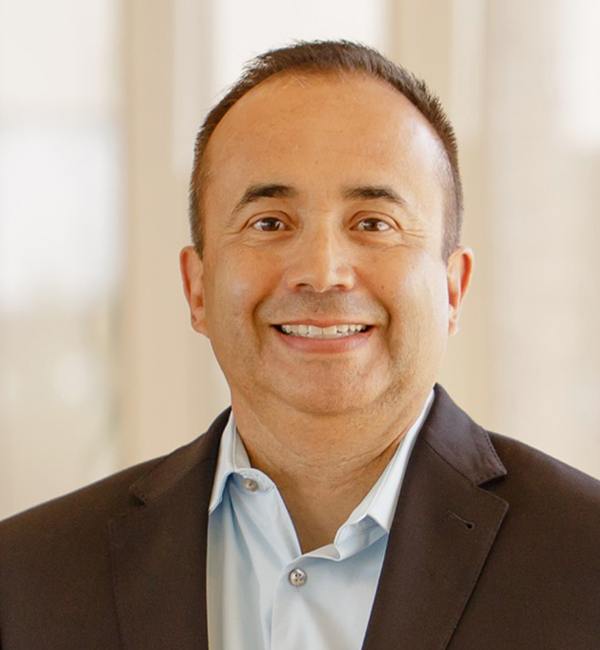
Mike Gonzalez, DBIA, LEED AP
Vice President
McCarthy Building Companies, Inc.
Industry Professional -
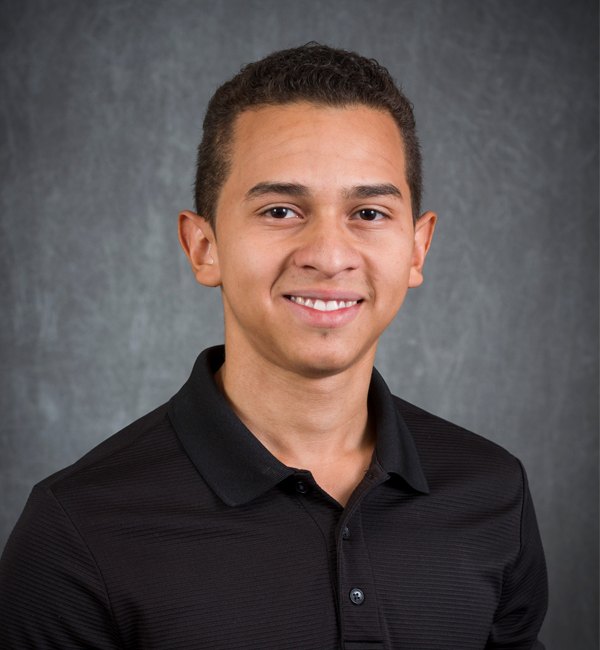
Valentino Nunez
Student Chapter President
Arizona State University
Student -
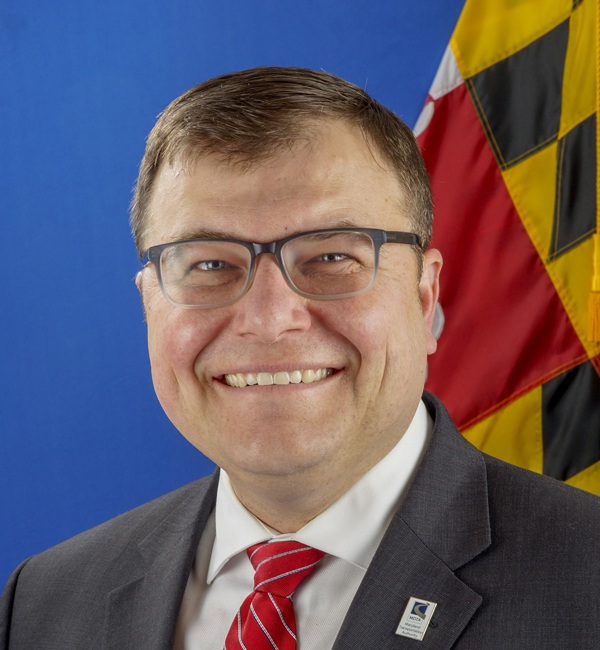
William Pines
Chief Engineer
Maryland Transportation Authority
Owner -

Dean Papajohn, PE, PhD, Assoc. DBIA, ENV SP
Professor of Practice
University of Arizona
Faculty -
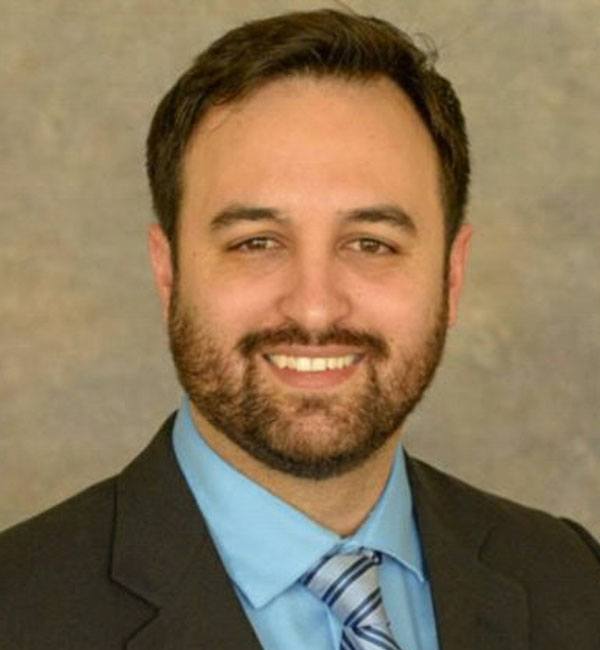
Jason Kenney
Deputy Director
California Department of General Services
Owner -
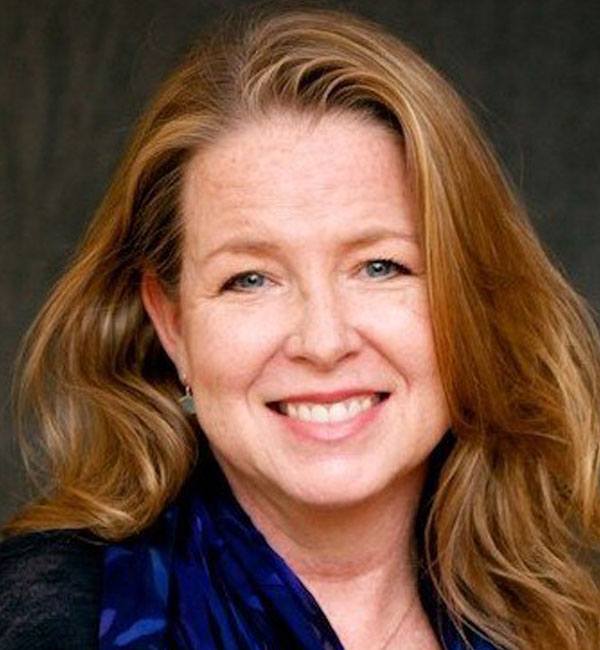
Robynne Thaxton JD, FDBIA
Industry Professional
Thaxton Parkinson, PLLC and Progressive Design-Build Consulting LLC
Industry Professional -

Zachary Hansen, ENV SP
President, DBIA Student Chapter
University of Arizona
Student -

Daniel Rawlins, RA, DBIA
Principal
The Rawlins Group, LLC
Industry Practitioner -
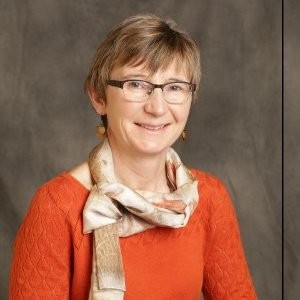
Jeannie Natta, Assoc. DBIA
Interim Director, Project Delivery Group
University of Washington — University Facilities Building
Owner -
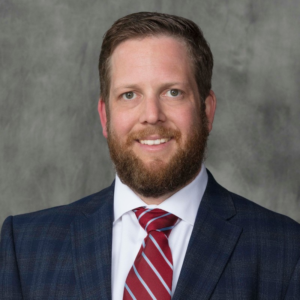
Jeffrey Goodermote, DBIA
National Director of Parking Structures
Swinerton
Young Professional -

James Avitabile, PE, DBIA
Vice President, Transportation & Infrastructure
RS&H
Industry Practitioner -

Kathy Tuznik, DBIA
Owner -
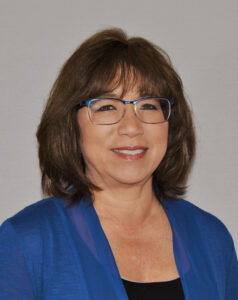
Linnell Stanhope, DBIA
Industry Practitioner -

Nick Ulliman, PE, MBA, DBIA
Ulliman Schutte Construction
Young Professional
